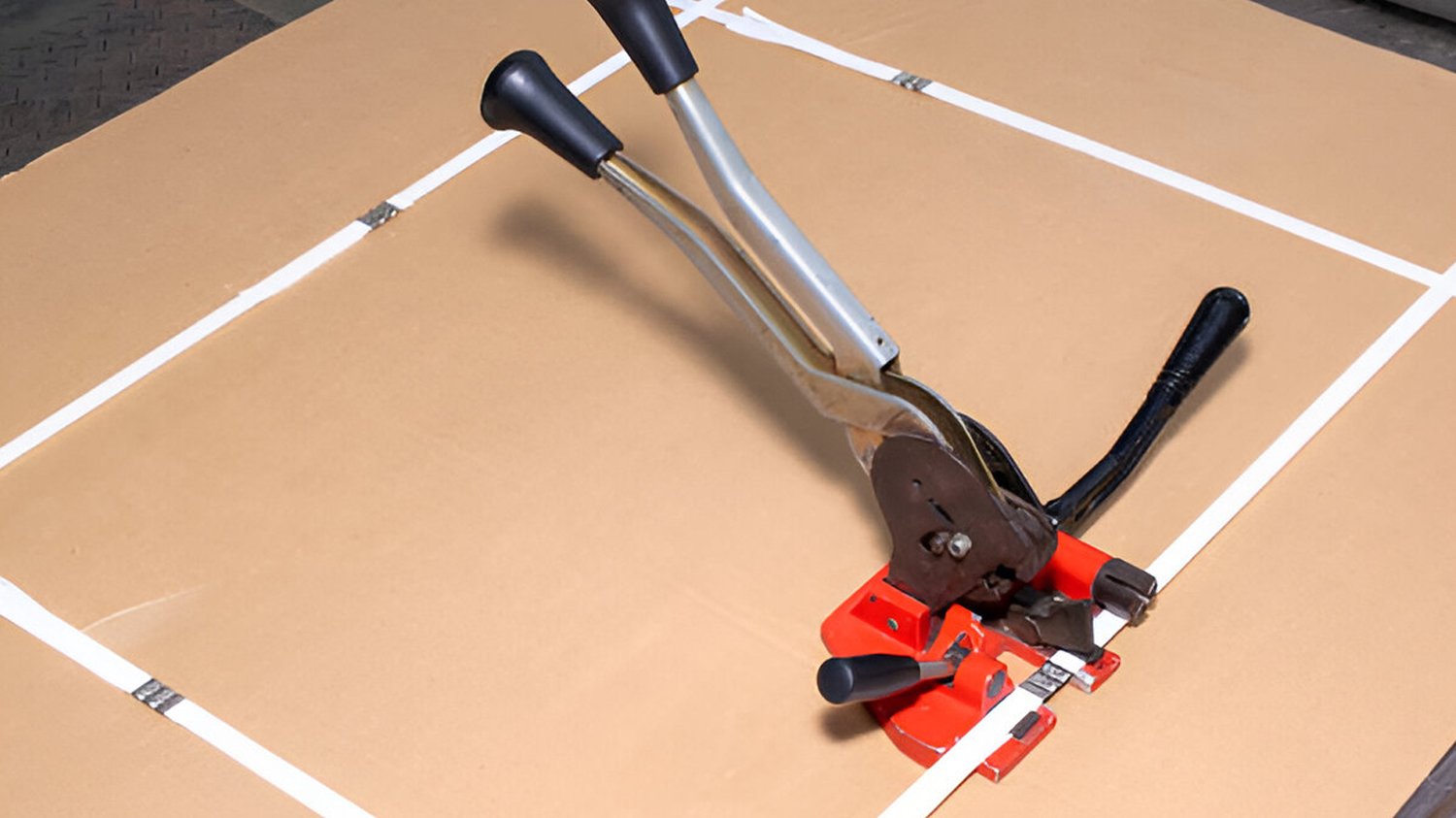Poly Strapping vs. Polyester Strapping: Understanding the Key Differences
When it comes to securing loads and cargo for shipping, strapping is an essential component of the process. Two popular strapping materials are poly strapping and polyester strapping. But what sets them apart? In this article, we’ll break down the key differences between poly strapping and polyester strapping.
What Is Poly Strapping?
Poly strapping, also known as polypropylene strapping, is a cost-effective and versatile strapping material that is commonly used in a variety of industries. It is made from a type of thermoplastic polymer and is lightweight, easy to handle, and comes in a range of widths, strengths, and colors.
What Is Polyester Strapping?
Polyester strapping, on the other hand, is a stronger and more durable strapping option that is often used for heavier loads. It is made from a type of plastic called polyethylene terephthalate (PET) and is resistant to water, UV rays, and chemicals.
Tensile Strength
One of the main differences between poly strapping and polyester strapping is their tensile strength. Polyester strapping is generally stronger and more durable than poly strapping, which makes it a popular choice for securing heavier loads. However, poly strapping can still be a suitable choice for lighter loads and is often preferred for its flexibility and ease of use.
Elongation
Another key difference is the elongation, or stretchability, of the strapping materials. Poly strapping has a higher elongation rate than polyester strapping, which means it is capable of stretching more before breaking. This makes it more forgiving in situations where the load may shift during transport. However, polyester strapping has less elongation but provides stronger tension and load retention during transportation.
Weather Resistance
When it comes to weather resistance, polyester strapping is the clear winner. It is resistant to UV rays, water, and chemicals, making it ideal for shipments that may be exposed to harsh weather conditions or elements. Poly strapping, on the other hand, is not as weather-resistant and may degrade over time if exposed to the elements.
Cost Efficiency
While polyester strapping is stronger and more weather-resistant, it is also more expensive than poly strapping. Poly strapping, on the other hand, is a cost-effective option that provides sufficient strength and durability for lighter loads. If your load is heavy and will undergo harsh transportation conditions, polyester strapping may still be the more cost-effective option over the long run as it requires less strapping and leads to fewer damaged goods.
Impact on Environment
Both poly strapping and polyester strapping have a significant impact on the environment as they are both made from non-biodegradable plastics. However, some companies offer recycled versions of both, which can significantly reduce the environmental impact and pollution caused by plastic waste.
Application
The application of the strapping materials is also different. Poly strapping is widely used in industries such as food and beverage, textiles, and printing, whereas polyester strapping is often used in industries such as construction, steel, and lumber. The best choice between both strapping materials depends mainly on the nature, weight, and shape of the product being shipped and how reliable the packaging needs to be.
Storage
Storage is another key consideration when it comes to strapping materials. Polyester strapping requires less storage space than poly strapping due to its stronger and more rigid structure and is generally less prone to ovalization or curling. Proper storage of both materials, however, is essential to minimize damage and ensure their longevity.
Ease of Use
Both poly strapping and polyester strapping can be applied manually or with strapping machines. However, poly strapping's flexibility and ease of use make it easier to apply by hand, whereas polyester strapping requires more attention and tension control when being applied manually. While strapping machines may be necessary for larger, more complicated loads, both materials are compatible with a wide range of strapping equipment.
The Verdict
When it comes to choosing between poly strapping and polyester strapping, it all boils down to the nature, weight, and shape of the product being shipped, security needs, and budget. To make the best choice, you need to consider the factors that matter to your business.

